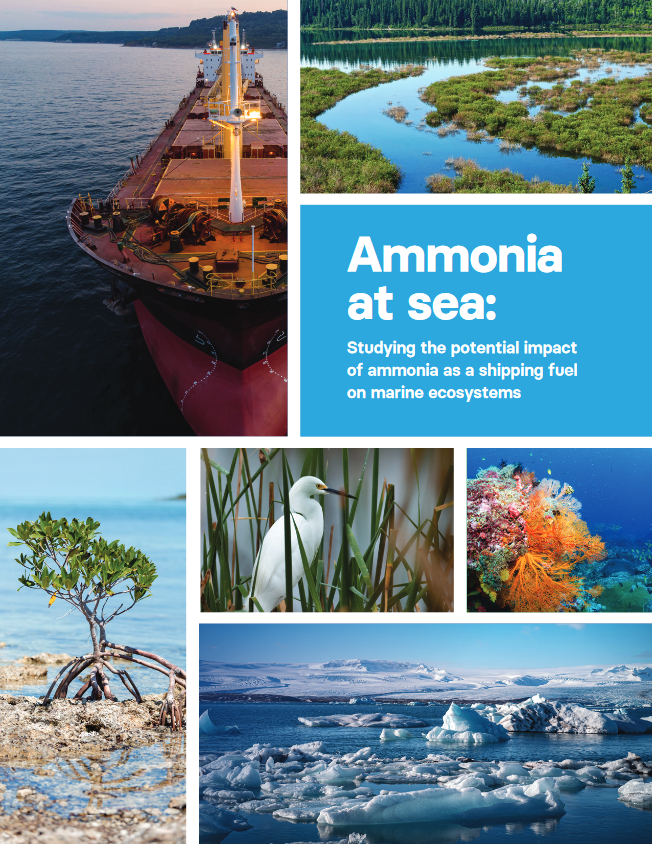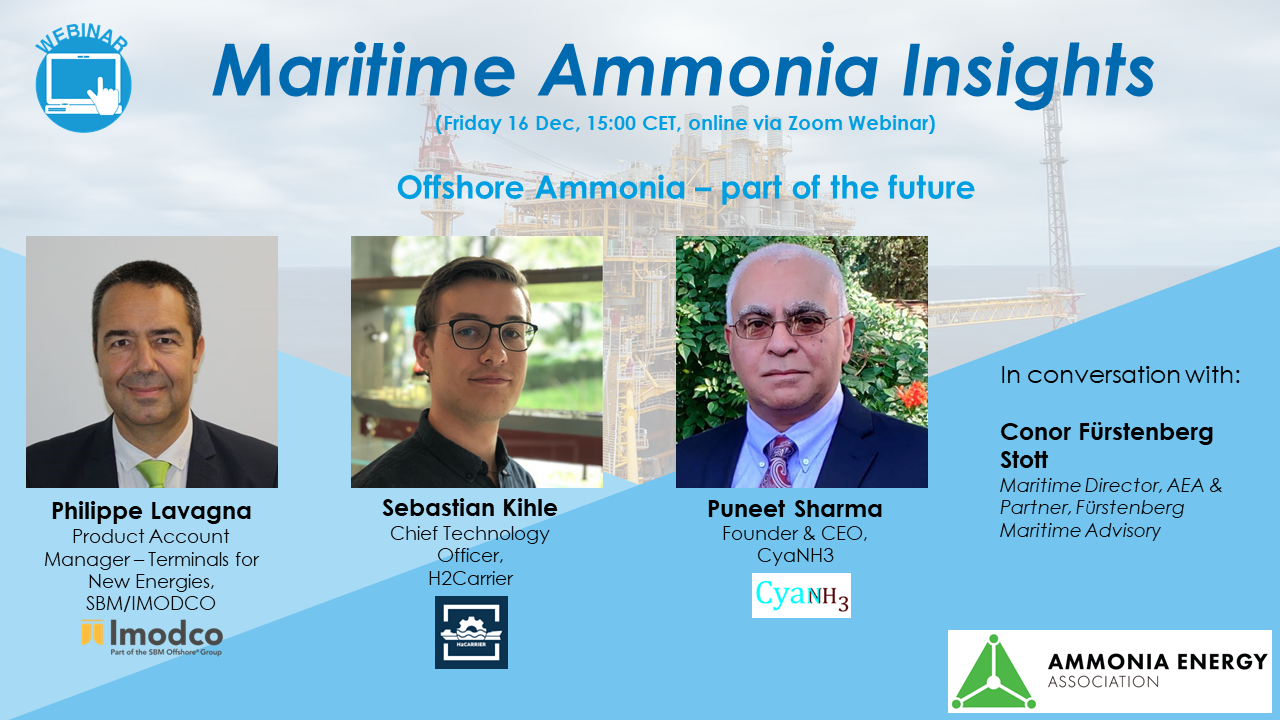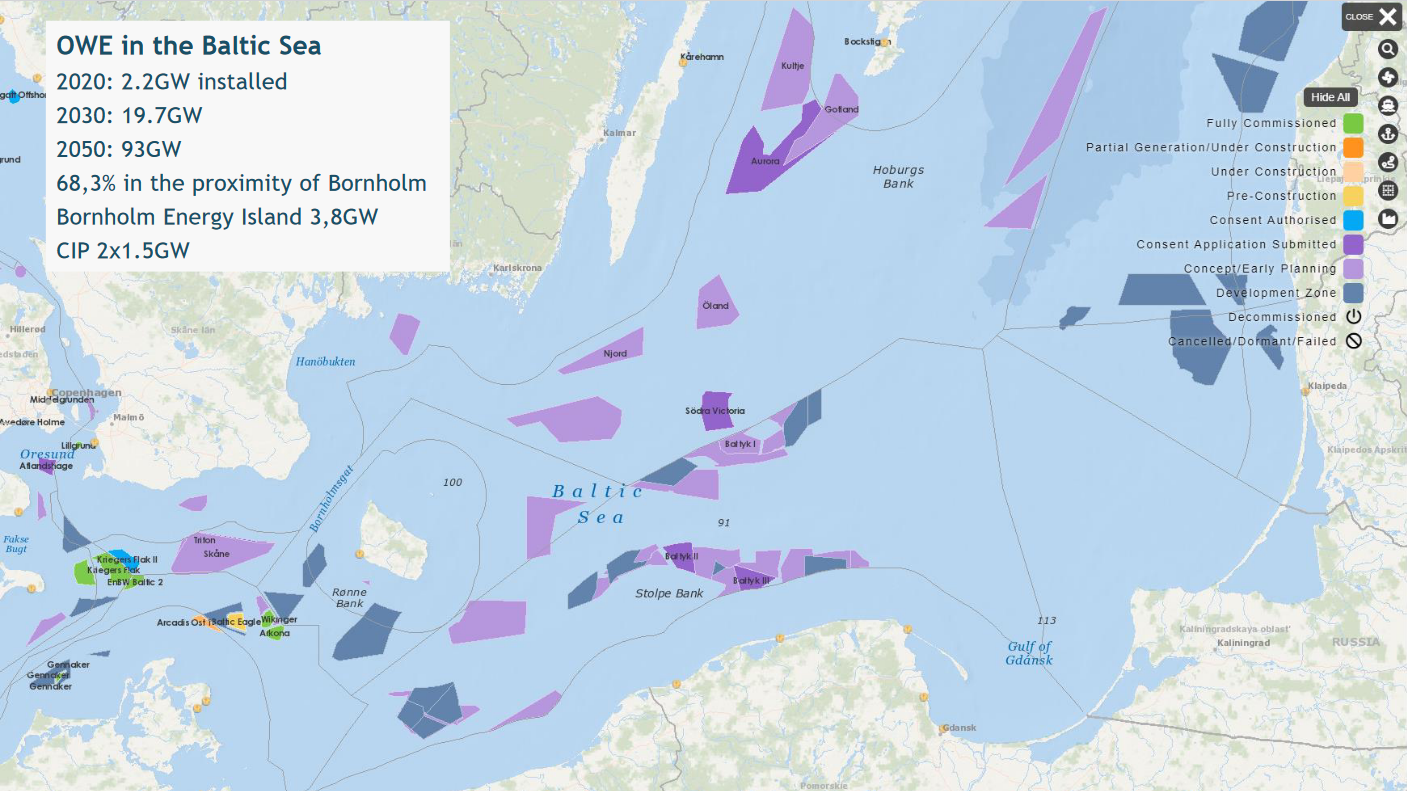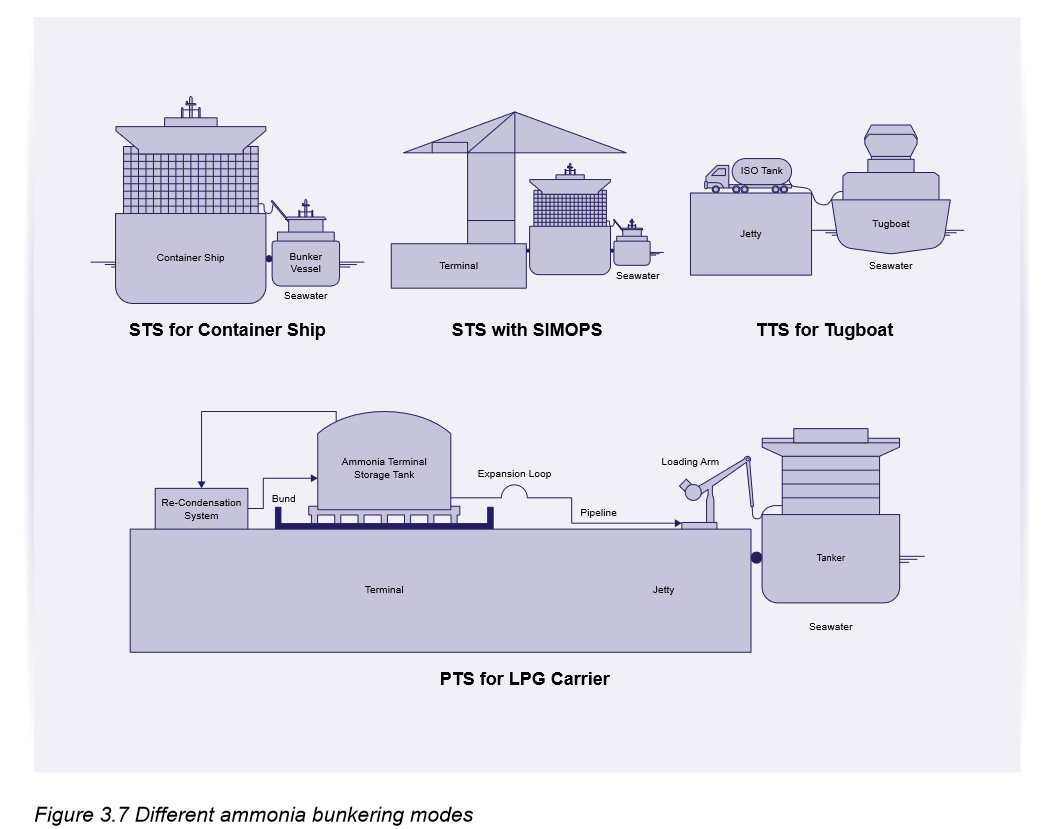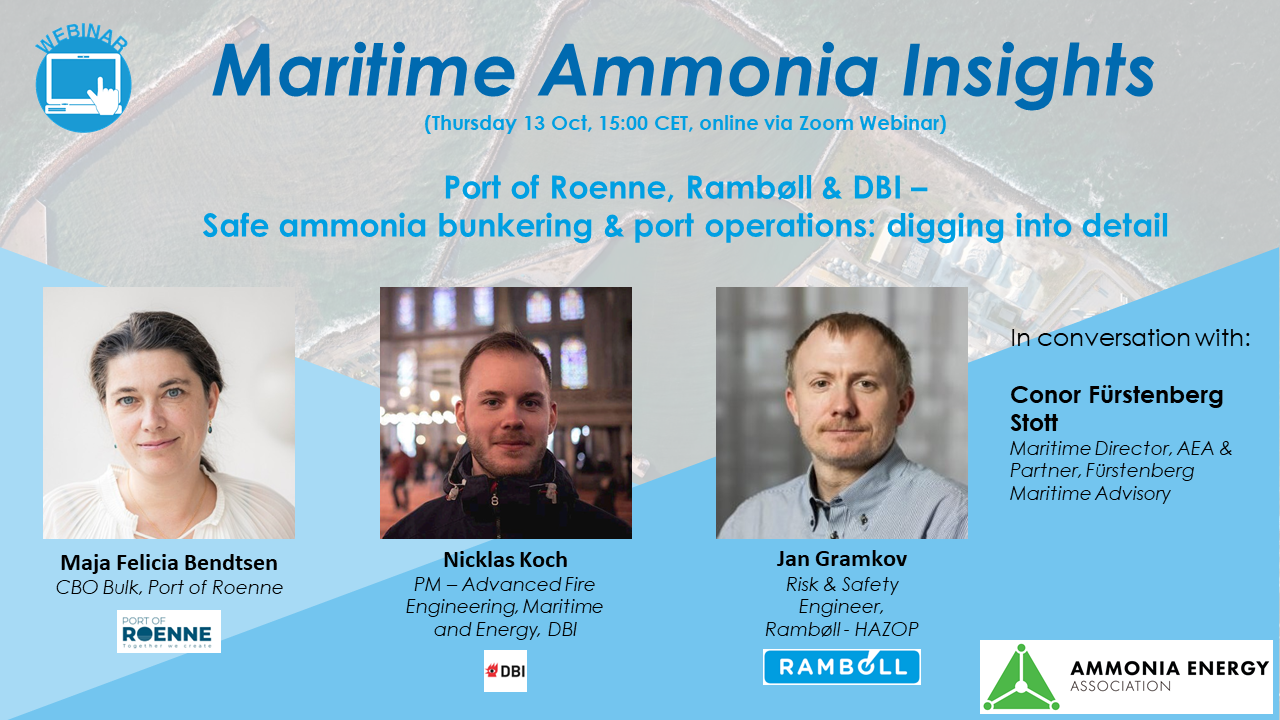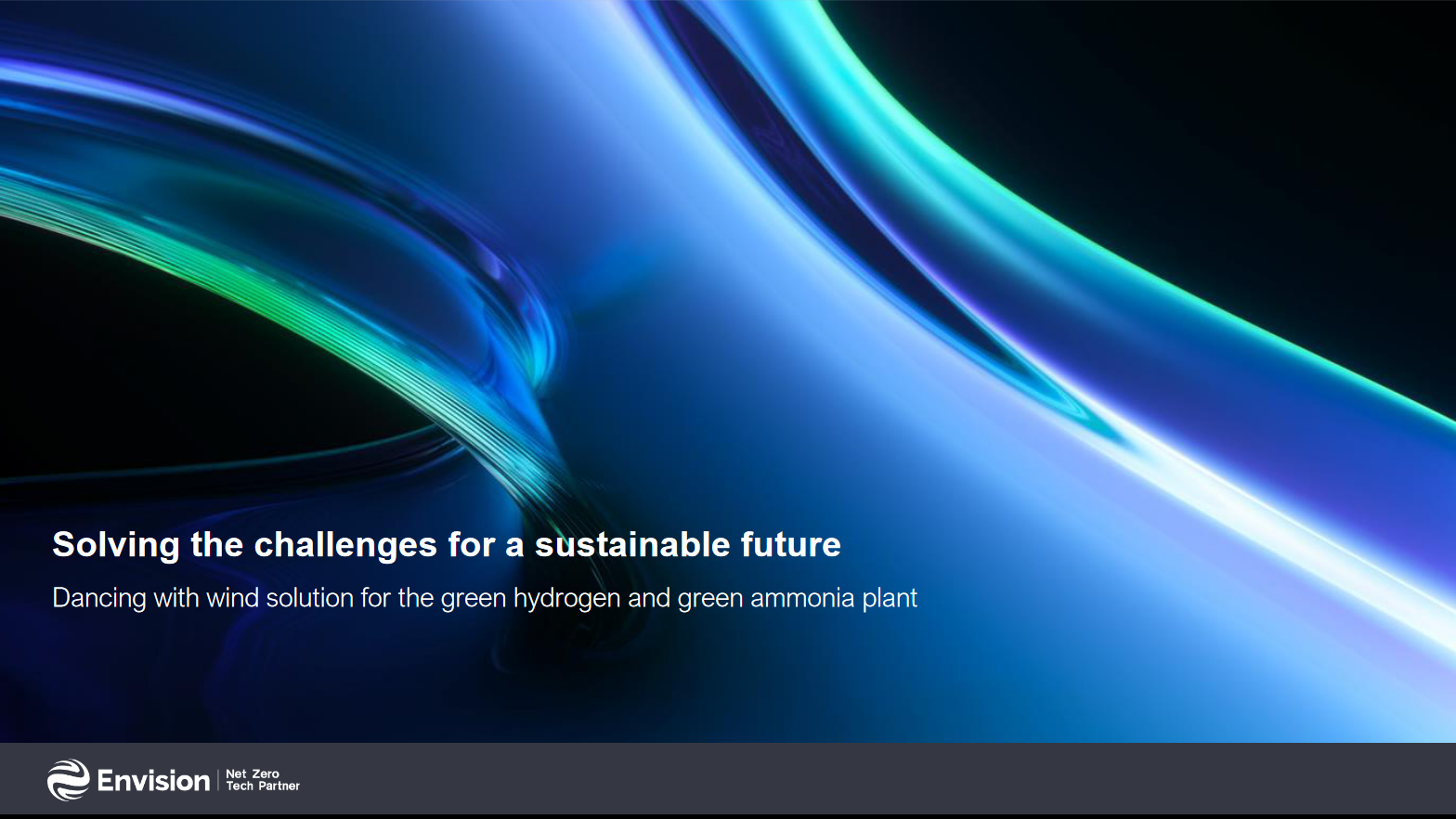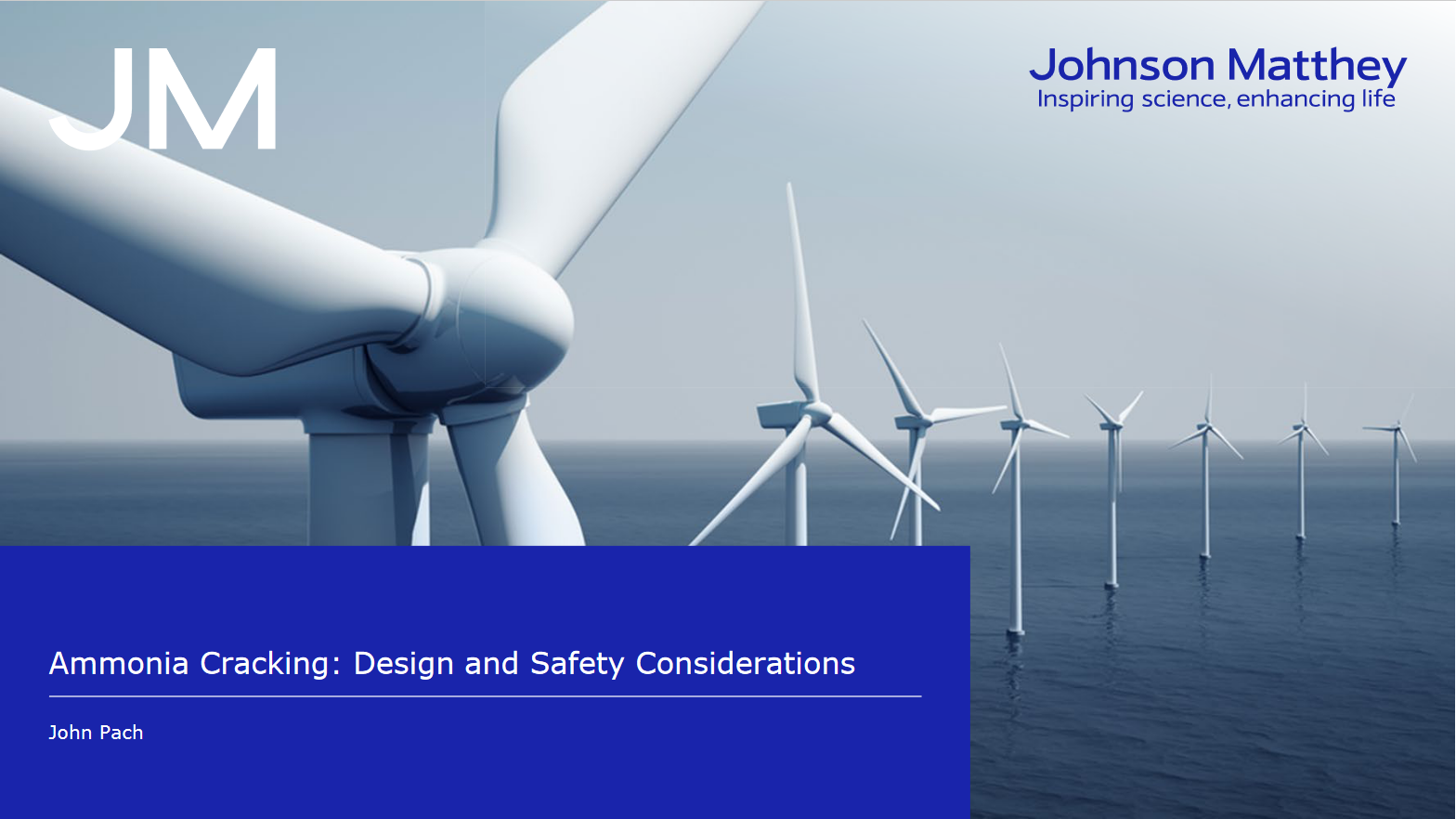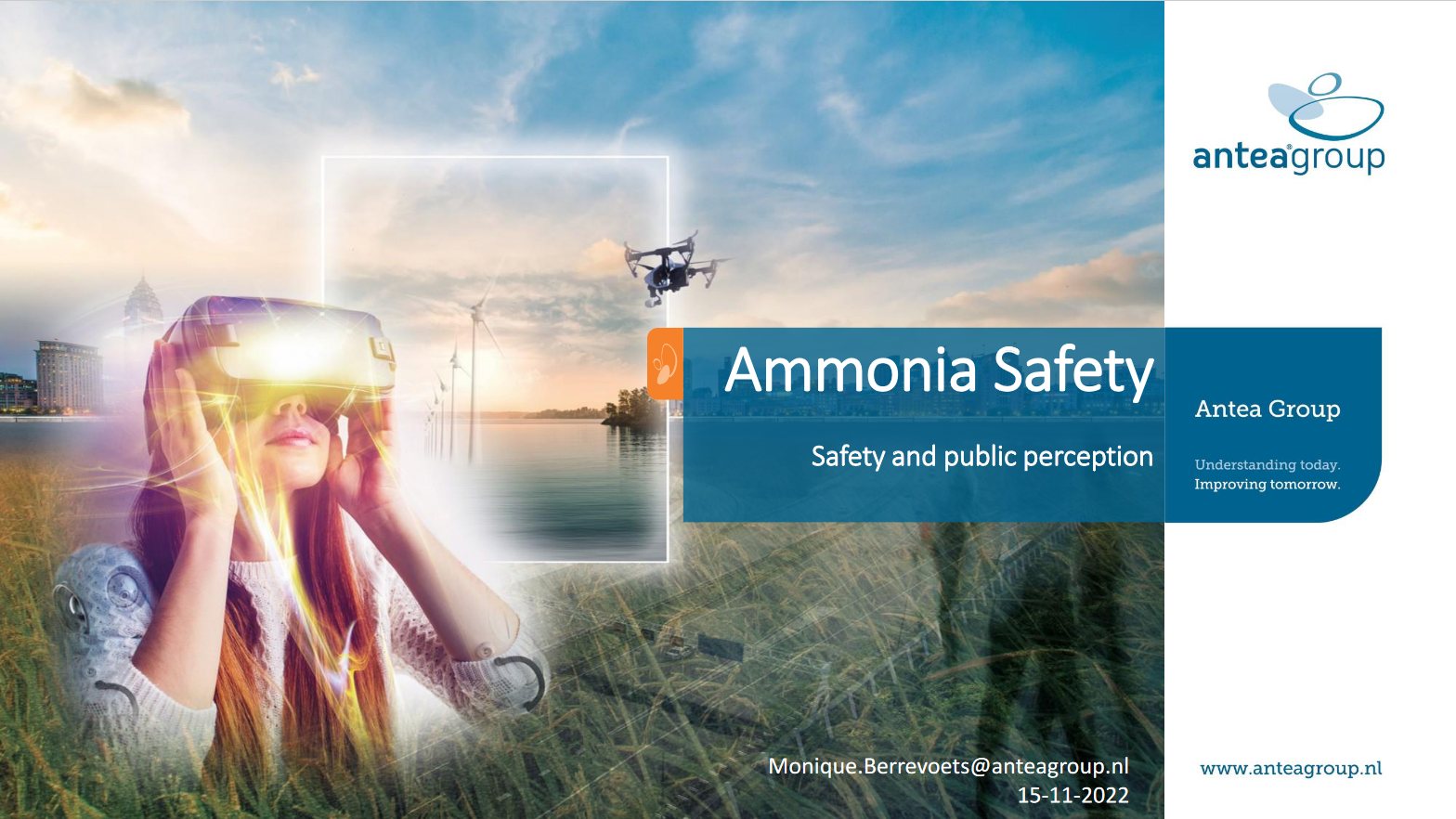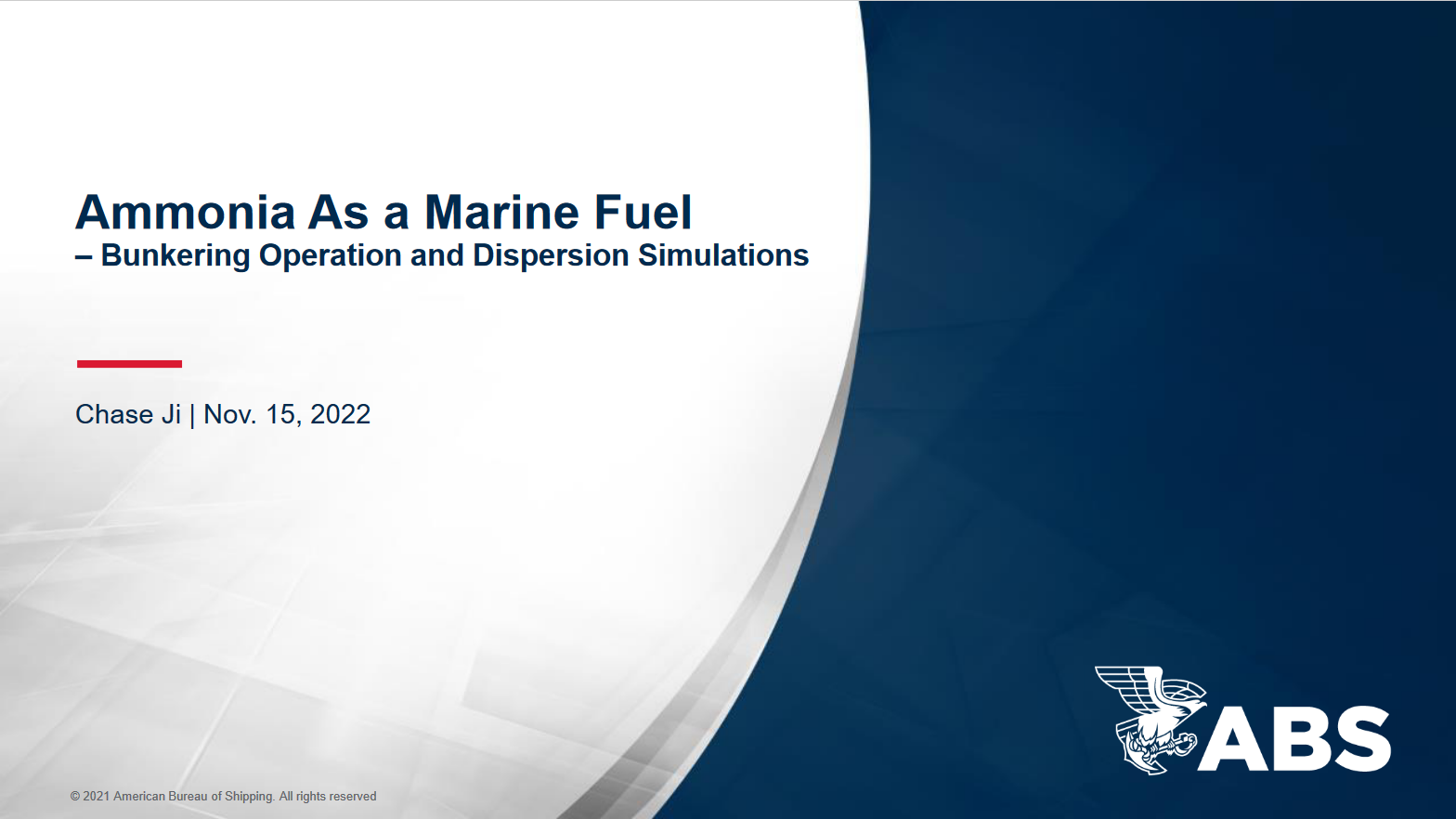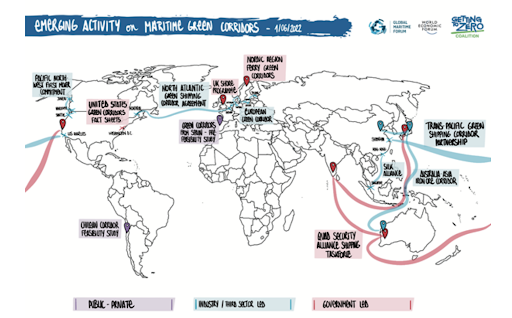New report released on environmental hazards of ammonia spills
Ricardo, Lloyd’s Register and the Environmental Defense Fund have used extensive modeling to assess the environmental impacts of large-scale ammonia spills in a variety of maritime scenarios. The study concludes that large-scale spills will have a high impact on certain environmental settings, and in particular fish species. The report also indicates that ammonia is less likely to spread & persist in the environment compared to a spill of conventional maritime fuel, and in some cases will pose less of a threat to certain species. More considerations need to be worked through, including health risks to a ship’s crew.
